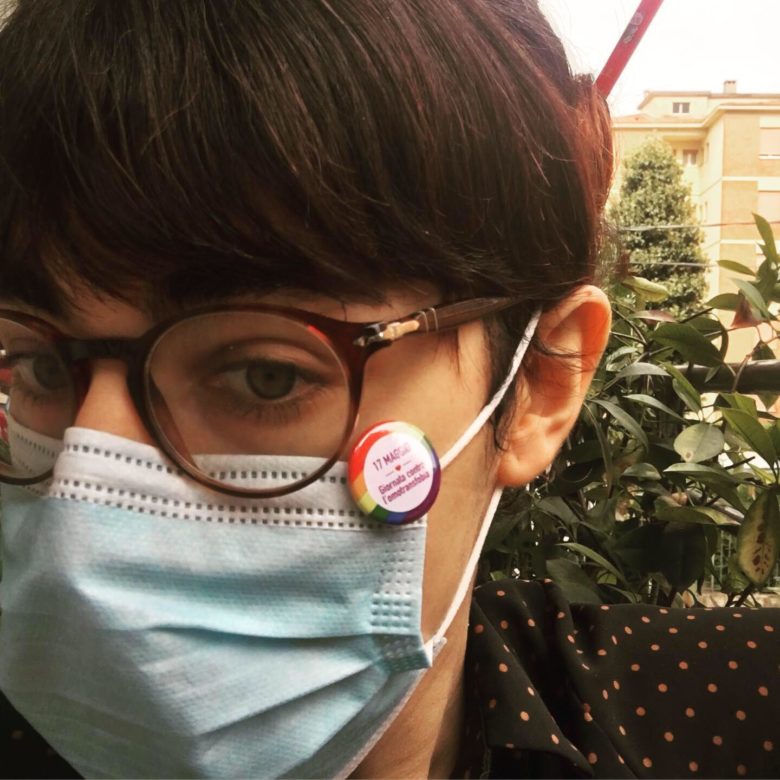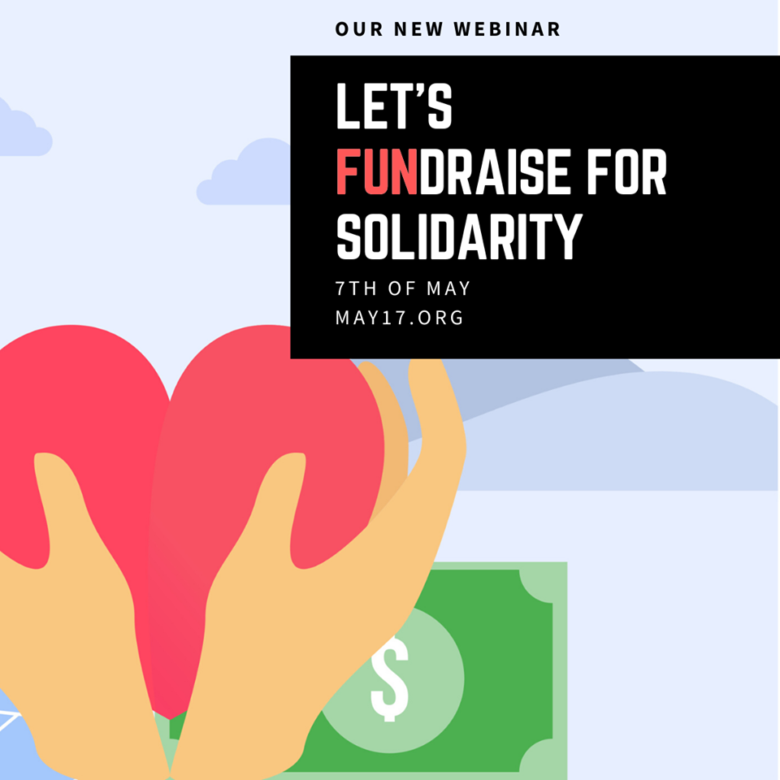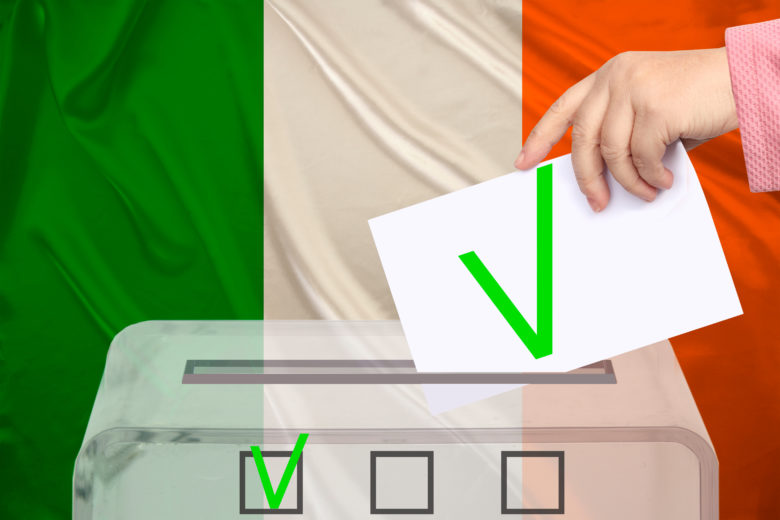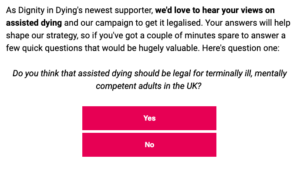Offline campaigning during COVID-19? Some made it possible.
Italy was the scene of many scary and tragic events during the COVID19 pandemic these past weeks. This situation particularly affected the local LGBTI community, including many people who had to live through lockdown with uns families.
As in all parts of the world, the Italian LGBTI movement was responsive in the given state of affairs. ArciGay activists tirelessly provided online support to LGBT individuals, but also distributed food packages and financial assistance to migrants and sex workers who did not have access to even basic groceries.
Due to physical distancing measures and lockdowns, this year IDAHOBIT has been marked mainly in the digital domain all over the world, including Italy. Through lectures, announcements, online support. And so the aforementioned organization also organized several live lectures and prepared a series of articles for the LGBTI community regarding LGBTI-related topics.
Firmly convinced that the fight against homophobia and other LGBT-phobias lies in visibility, the activists figured out other ways to contribute to it, and be ahead of the curve in the given circumstances.
At the end of April the municipality of Reggio Emilia was distributing surgical masks to the general population at the entry of designated supermarkets, so that people going out for groceries would pick them up. ArciGay activist thought at first of being physically there – in respect with all adopted provisions – giving out small leaflets explaining what is IDAHOBIT about and put elastic bands colored in rainbow flag on masks.
As it would cause issues in regard to certification, Deputy Mayor for Equal Opportunities suggested – pins to hang onto masks!
This idea found great support from the authorities – nurses, public servants, university professors, school staff, sports associations … They all found time to take pictures with these masks and wore them to their workplaces every day. The action was joined by the local media, and even the Mayor himself!
The action resonated so much that even a member of the Italian Senate participated, and wore a mask with a rainbow pin to every Senate session!
During the COVID-19 pandemic, campaigners developed a number of ways to cover as much of the online sphere as possible with their activities and actions. But, some activists have also devised a way for IDAHOBIT to get its “offline component”, under lockdown measures and gathering prohibitions.
And in a country that is among the most severely affected by this virus.
Every day, students, patients, medical staff and senators could see that even such a dangerous virus could not weaken the alliance with the LGBTI community.
And that the problems of the LGBTI community remain and exist as long as the virus lasts, and that there are ways to bring attention to them without endangering everyone’s health.








